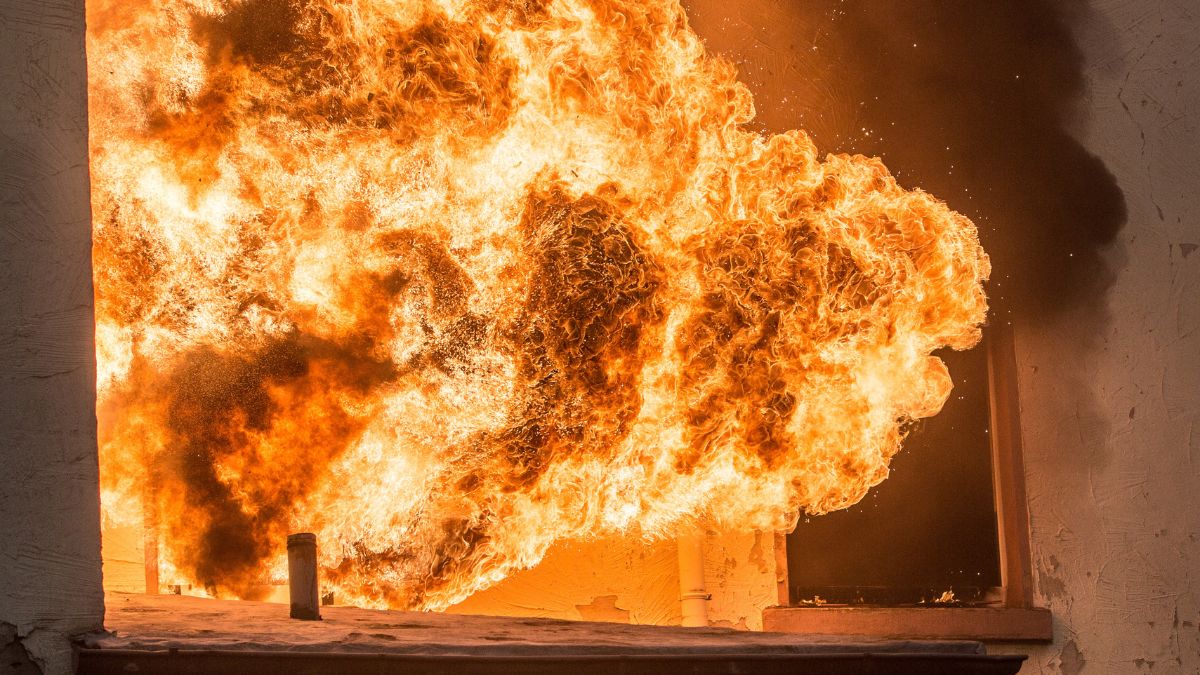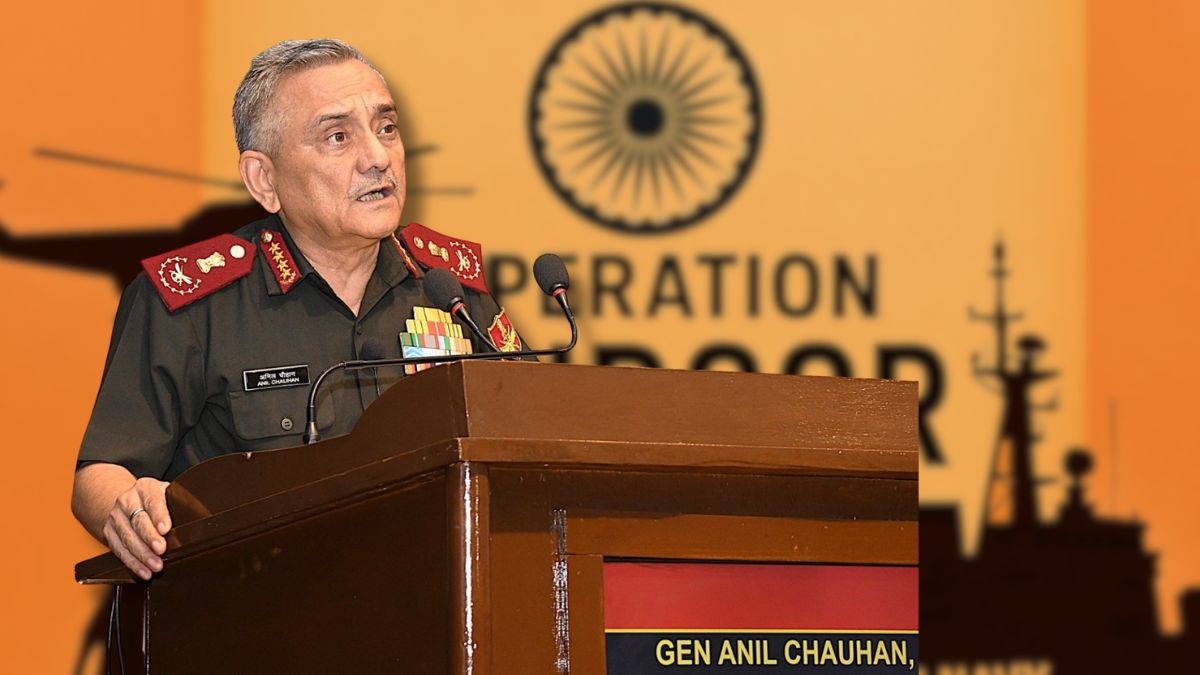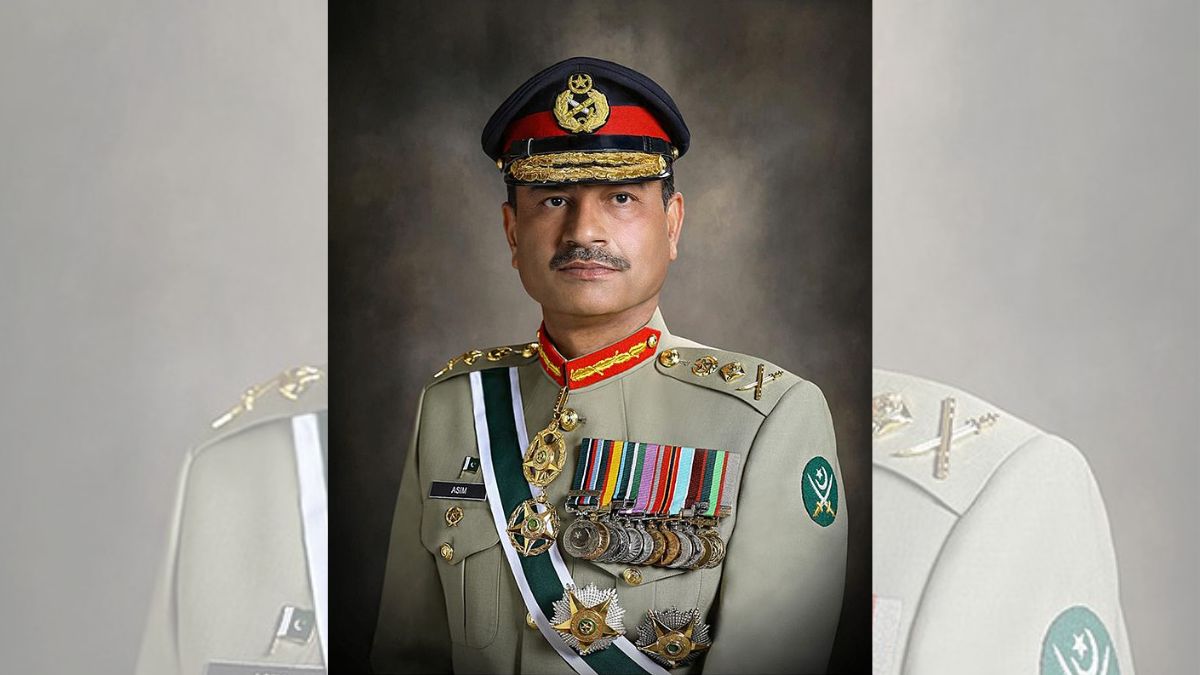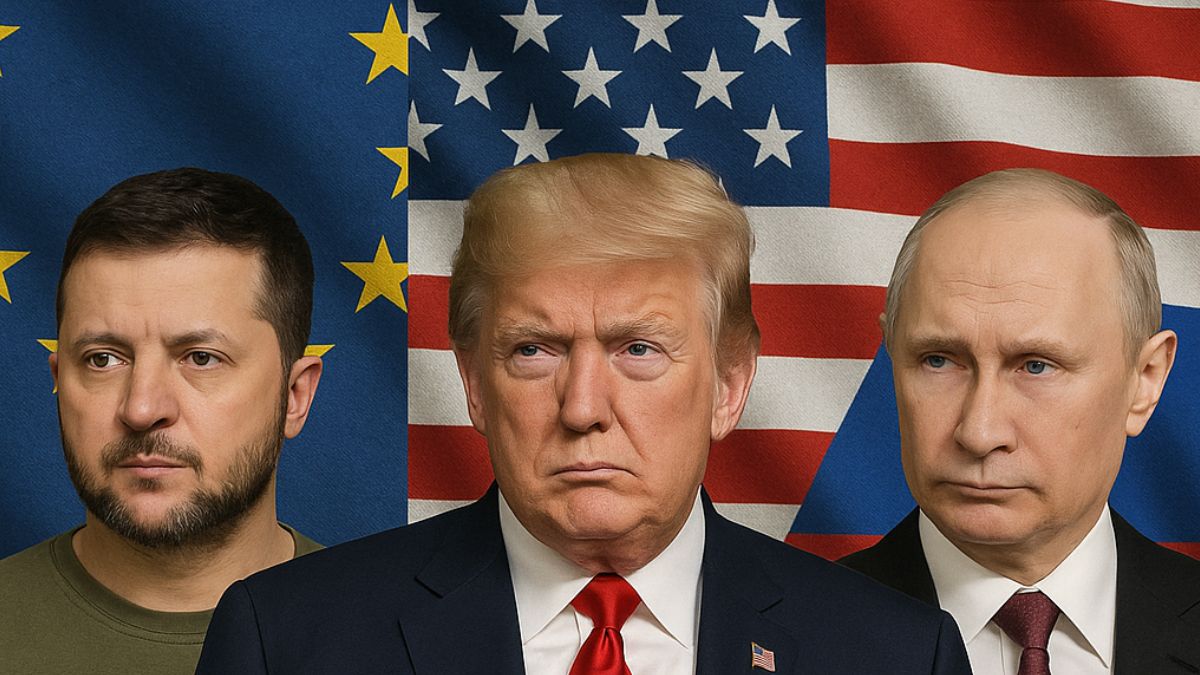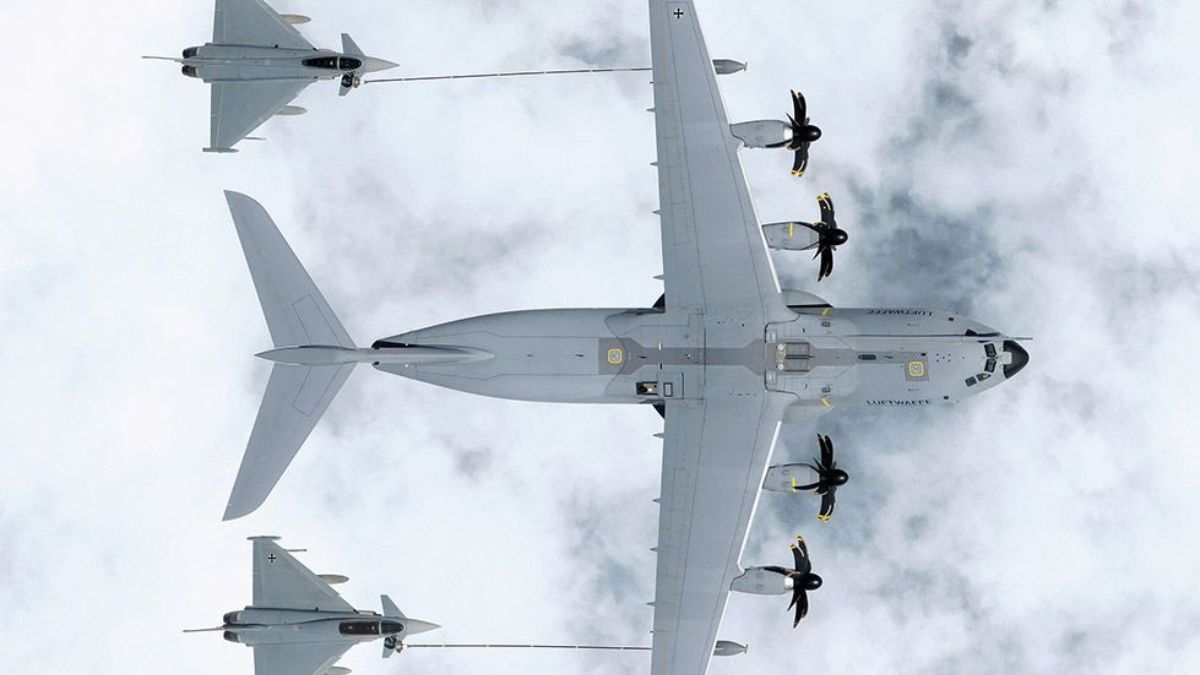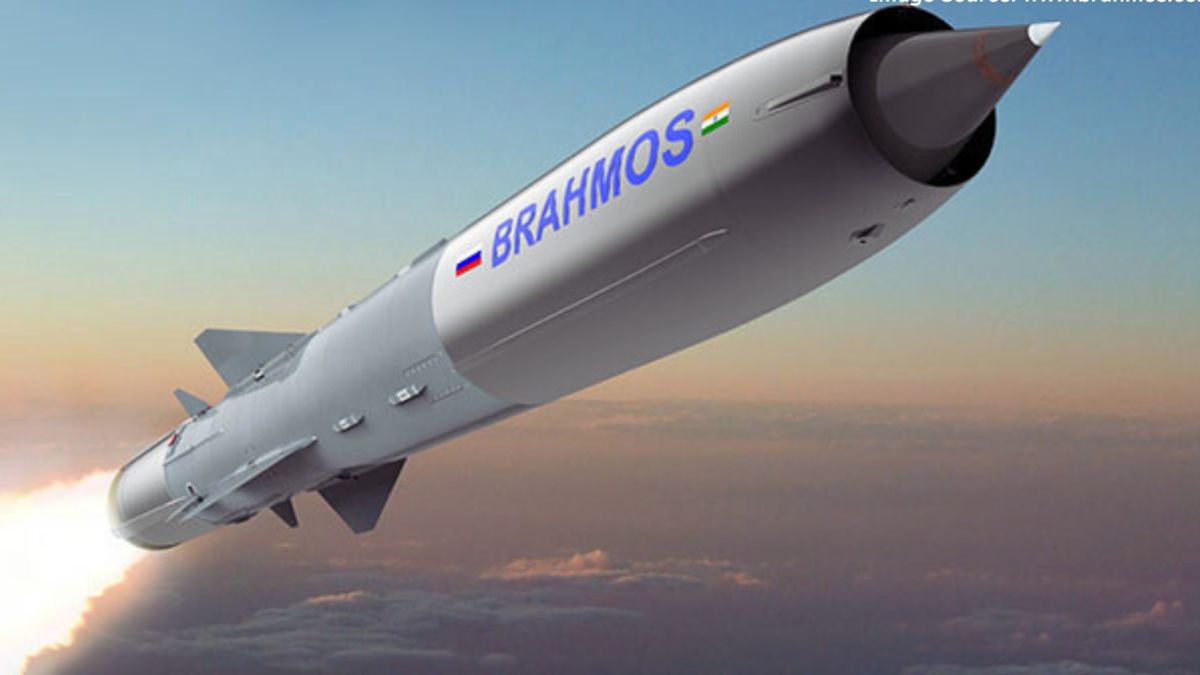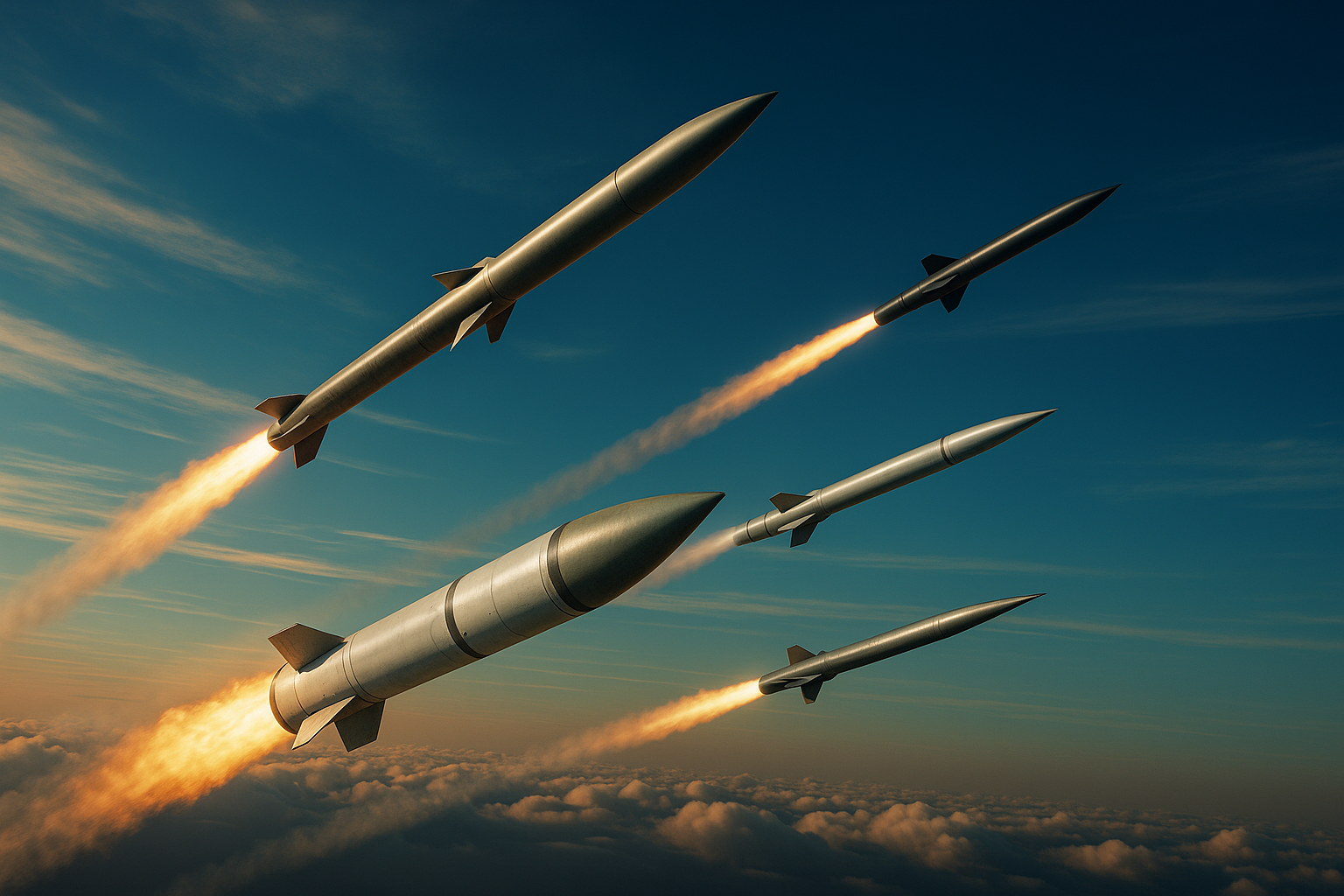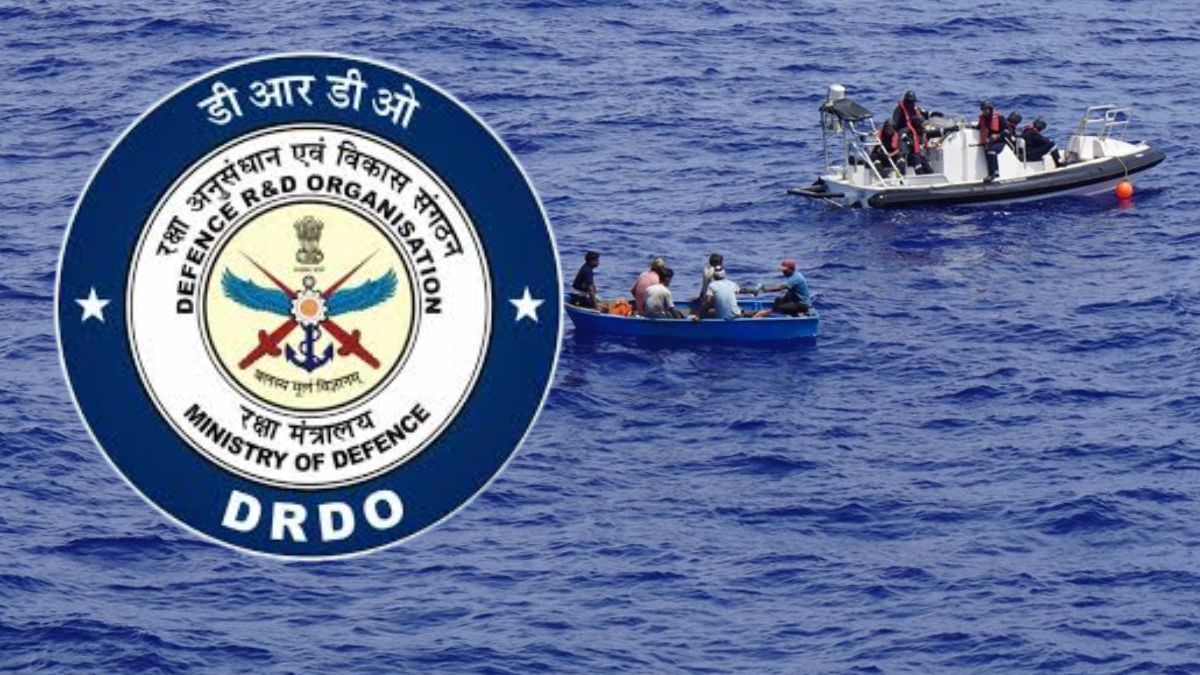9 Engines Prototypes, 100% ToT, 140 kN Power: DRDO-Safran Deal For AMCA To Get Govt Nod
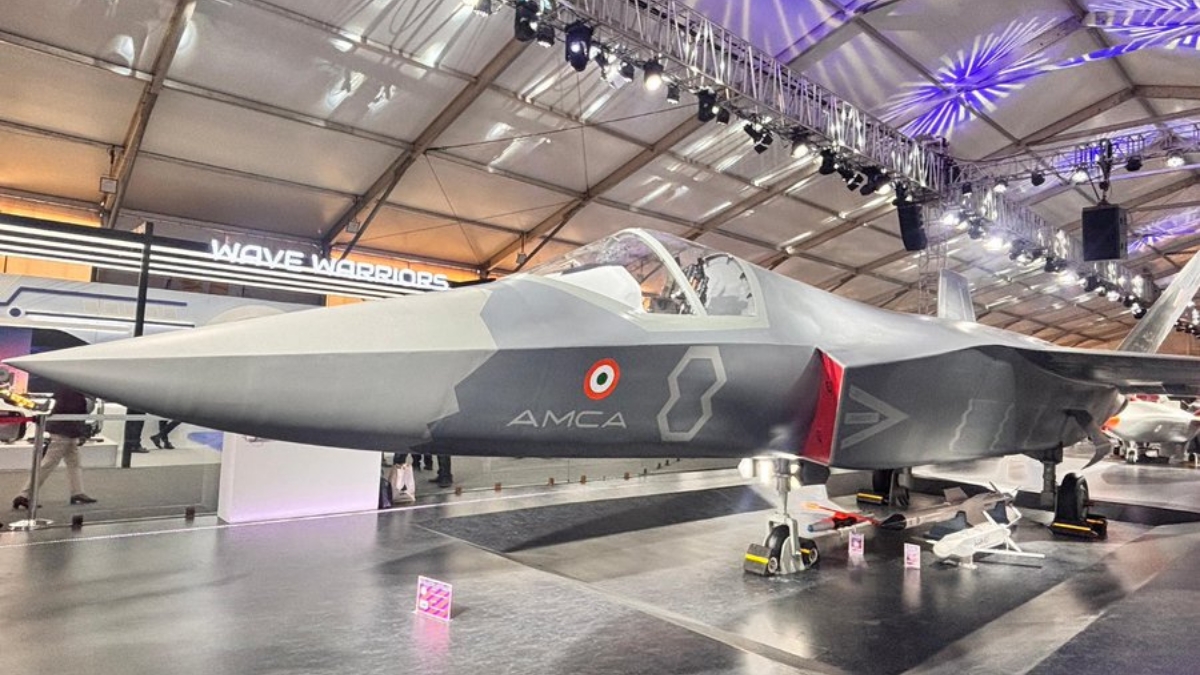
Having announced a tripartite collaboration with BrahMos and Axiscades Technologies for AMCA bidding, Goodluck India has generated a lot of excitement. Image courtesy: X.com/@DefenceMinIndia
India is moving closer to approving a joint venture between French defence firm Safran and the Gas Turbine Research Establishment (GTRE), a laboratory under the Defence Research and Development Organisation (DRDO).
The development of nine prototypes over 12 years is planned under this partnership, beginning with engines rated at 120 kilo newtons and later scaling up to 140 kN. These engines are expected to power the Advanced Medium Combat Aircraft (AMCA), India’s flagship next-generation fighter currently under development with private-sector involvement from Tata, L&T, and Adani Defence.
The partnership aims to build a new generation of aircraft engines capable of powering the country’s twin-engine AMCA. Developing a jet engine domestically has long been regarded as a critical gap in India’s capabilities, one that carries both military and civilian implications.
In parallel, the Indian Navy is expected to benefit from the engine programme by equipping its twin-engine deck-based fighter for aircraft carriers. Defence officials say this joint effort could secure India’s combat aviation needs for decades.
Why is France considered a reliable partner?
While the United States has supplied India with F-404 engines and agreed to transfer partial technology for the GE-414, the arrangement covers only around 70% of the design. By contrast, France is seen in New Delhi as a more dependable partner. Paris did not impose sanctions on India after the 1998 Pokhran nuclear tests, continued supplying critical navigation systems for missiles, and has consistently supported India’s fighter programmes.
France already has a strong presence in India’s fleet through the Rafale aircraft, powered by Safran’s M-88 engines. Officials argue that a deeper partnership on engine development is a logical extension, potentially tying in with future fighter acquisitions such as the 114 aircraft multi-role combat programme.
What does this mean for India’s strategic ambitions?
Jet engines are widely viewed as apex defence technologies, mastered only by a handful of countries. India’s earlier attempt with the Kaveri programme fell short, leaving the country reliant on foreign suppliers. Co-developing a 120–140 kilo newton class engine with Safran could give India greater control over its air power and reduce vulnerabilities linked to external suppliers and sanctions regimes.
The project also aligns with India’s wider self-reliance initiative, which aims to nurture local expertise in advanced defence technologies. Success here would not only strengthen the Indian Air Force and Navy but could also open avenues for civilian spin-offs, including in commercial aviation.
